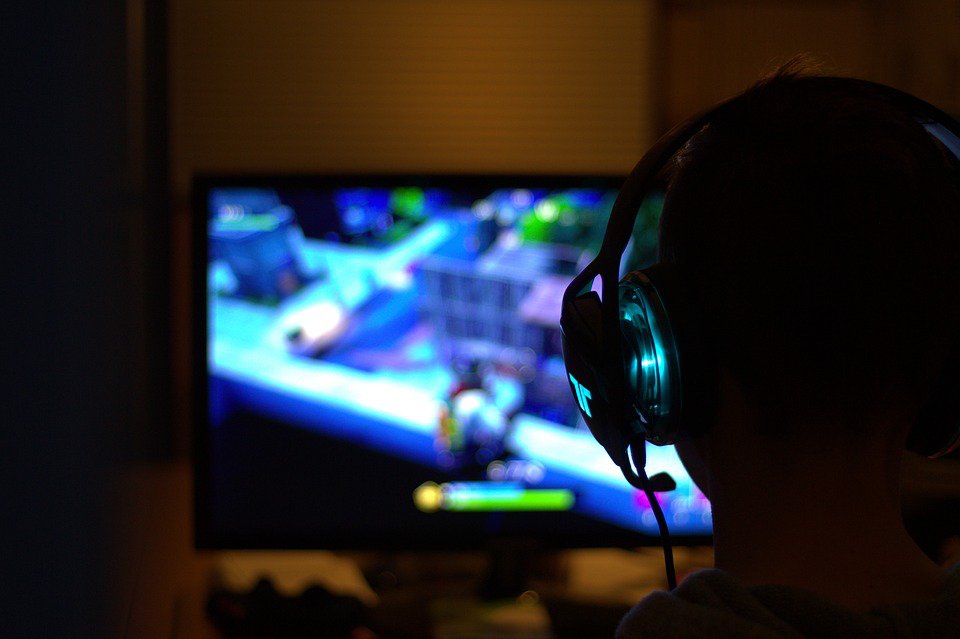Kids these days are spending more time in front of screens than ever before. According to the Ontario Student Health survey, children in grades 7 to 12 in Canada spend up to seven hours a day in front of screens, including televisions, computers, smartphones, and other gadgets.
There has been a lot of research on how excessive screen time affects the physical and mental health of children. According to the data gathered, using screens can be addictive. It releases the hormone dopamine in the brain, which can negatively affect their impulse control. Like a drug addict, children use screens more and more to set off the pleasure/reward cycle triggered by the release of the dopamine. If they are deprived of screen time, they can become agitated and aggressive.
Using screens for the wrong reasons, such as playing violent video games, can damage the hippocampus and cause certain brain cells to die.
However, there are certain ways to encourage kids to use screen time more productively. Here are some expert tips to help you combat the use of excessive screen time:
Limit the Amount of Screen Time Per Day
The first step to counter the negative impact of screens is to limit the average time your child spends in front of screens each day. Experts recommend that children under the age of two should not be exposed to screens at all. For older kids, two hours or less is enough to ensure there are no negative effects. Screen time should also be balanced with a healthy dose of physical activities and adequate sleep to ensure the health of your child.
Encourage Educational Screen Time
There are different kinds of screen time, such as passive consumption, interactive consumption, and content creation. To get the best of the screen time for your child, make sure they engage in different types of screen time. Limit the time for passive consumption, which is typically watching television shows, music videos, and movies, and does not involve learning or engaging the hippocampus. Encourage interactive consumption and content creation, which allows the child to engage their prefrontal cortex and boosts their creativity.

Use Screen Time as a Tool to Engage and Bond with Your Child
It is extremely vital to keep an eye on the type of content your child is being exposed to during their screen time. Viewing content and using screens with your child can help you monitor their online activities and is also a great way to engage and bond with your child. If your child is taking an online class for STEM-related subjects, it can be beneficial for you to join them and learn together. This will increase educational achievement for yourself and provide productive bonding with the child.
Learn and Grow With COMPUCHILD
COMPUCHILD offers holistic technology education to enrich the lives of children in the United States and Canada. As a COMPUCHILD franchisee, you can provide holistic learning experiences for children through enrichment programs for children and after school program franchise. We offer low-cost franchise opportunities under $20K in Canada that allows you to boost children’s education through STEM (Science, Technology, Engineering and Math) based classes.
To learn more about COMPUCHILD’s unique Entrepreneurial STEAM™ children’s education franchise, get in touch with us today!


